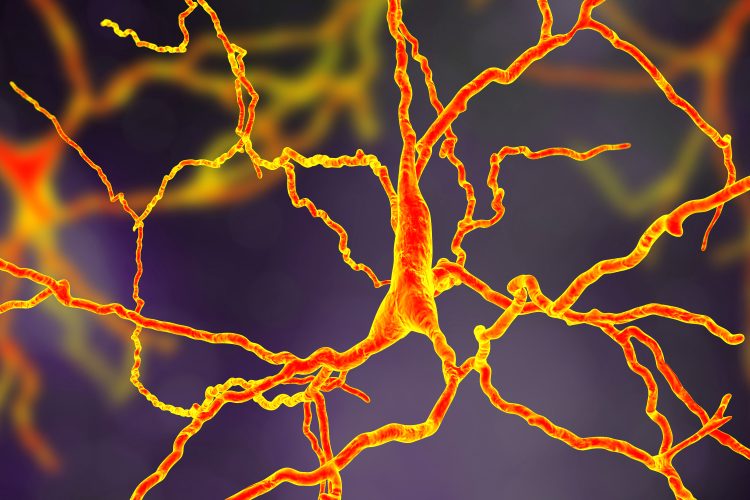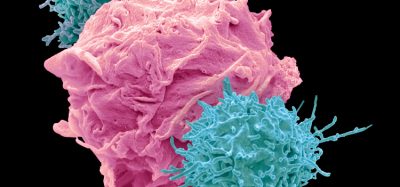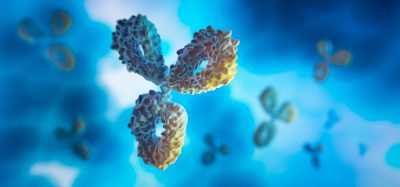Improved method to control the generation of dopaminergic neurons
Posted: 1 May 2024 | Drug Target Review | No comments yet
A synthetic antibody selectively activates the Wnt signalling pathway and directs stem cells to differentiate into neurons.


Scientists at the University of Toronto have discovered a method to better control the preclinical generation of key neurons depleted in Parkinson’s disease (PD). This could lead to a novel approach for a disease that currently has not got a cure, or many effective treatments.
The team used an antibody to selectively activate a receptor in a molecular signalling pathway to develop dopaminergic neurons, which produce dopamine, a neurotransmitter crucial for brain health. Efforts to differentiate stem cells into dopaminergic neurons, to replace those lost in PD patients, have been hindered by an ability to target specific receptors and areas of the brain.
Dr Stephane Angers, principal investigator on the study and director of the Donnelly Centre for Cellular and Molecular Biology, explained: “We used synthetic antibodies that we had previously developed to target the Wnt signalling pathway…We can selectively activate this pathway to direct stem cells in the midbrain to develop into neurons by targeting specific receptors in the pathway.” Dr Angers added that this activation method has not been explored before.
The most recent previous research efforts to activate the Wnt signalling pathway have relied on a GSK3 enzyme inhibitor. This method involves multiple signalling pathways for stem cell proliferation and differentiation, which can lead to unintended effects on the newly produced neurons and activation of off-target cells. Andy Yang, first author of the study and PhD student at the Donnelly Centre, commented: “We developed an efficient method for stimulating stem cell differentiation to produce neural cells in the midbrain…Moreover, cells activated via the FZD5 receptor closely resemble dopaminergic neurons of natural origin.”
Another promising discovery was that implanting the artificially-produced neurons in a rodent model with PD resulted in the improvement of the rodent’s locomotive impairment.
“Our next step would be to continue using rodent or other suitable models to compare the outcomes of activating the FZD5 receptor and inhibiting GSK3,” said Yang. “These experiments will confirm which method is more effective in improving symptoms of Parkinson’s disease ahead of clinical trials.”
This study was published in Development.
Related topics
Antibodies, Neurons, Neurosciences, Stem Cells, Synthetic Biology
Related conditions
Parkinson's disease (PD)
Related organisations
Toronto University








